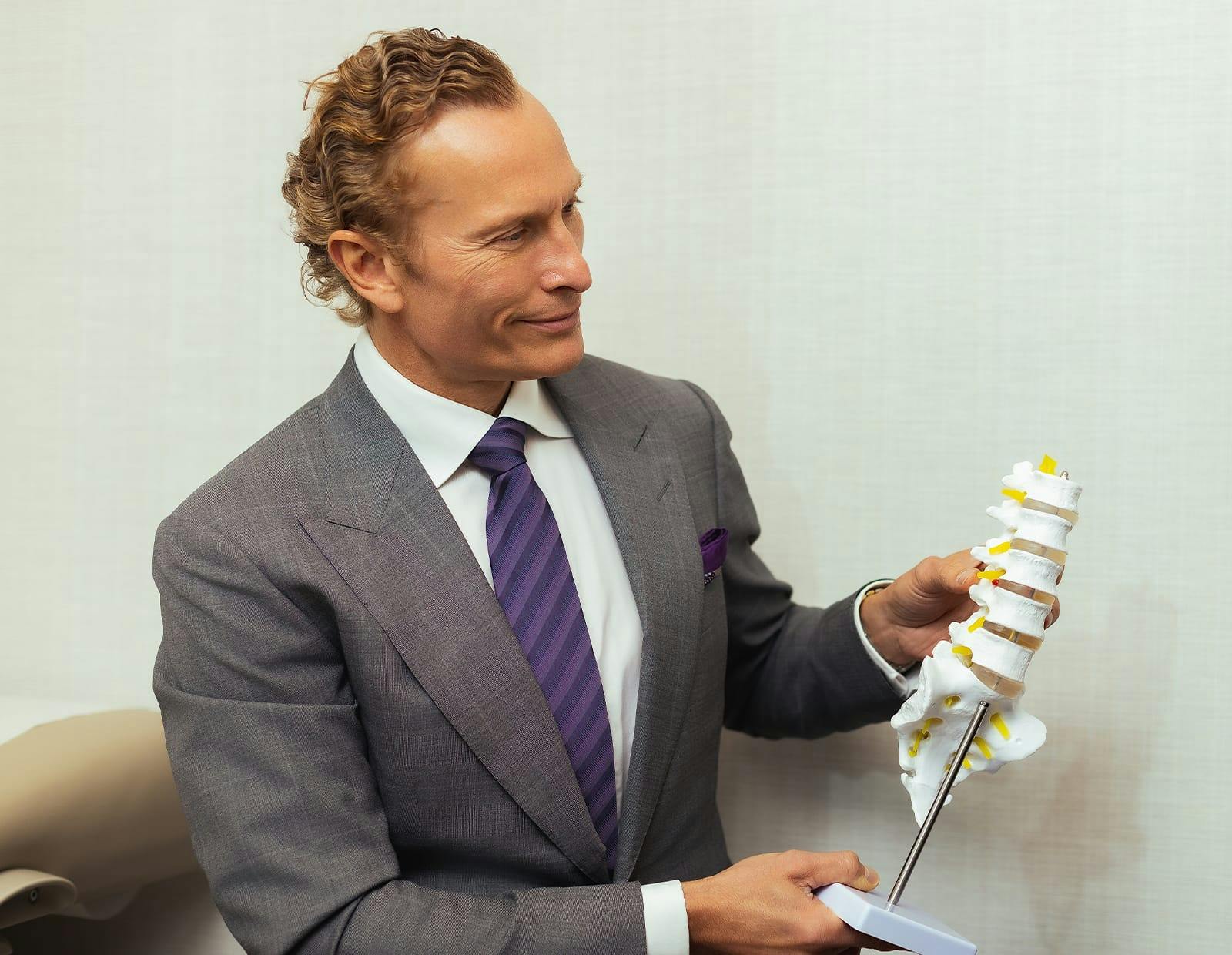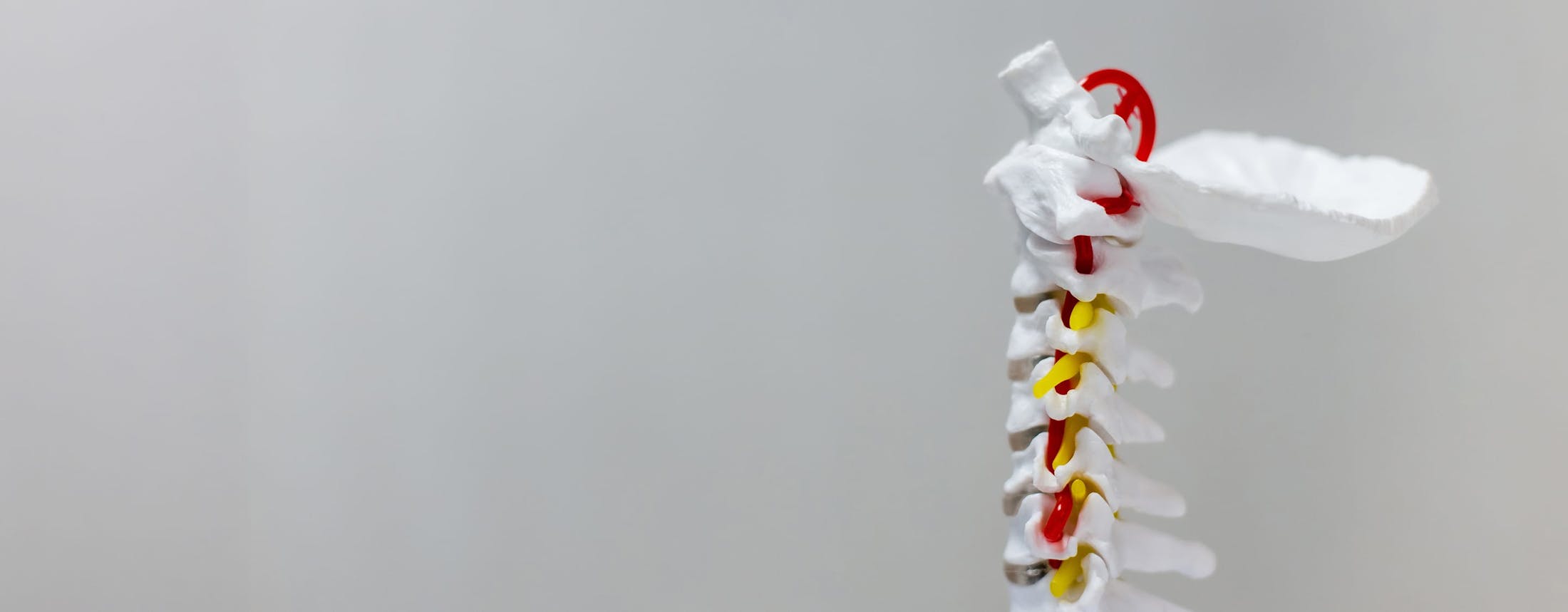Spinal deformities, including conditions like scoliosis, kyphosis, and lordosis, can significantly impact your posture, mobility, and overall health. Understanding these conditions and seeking timely treatment can help you manage symptoms and improve your quality of life.
What is Spinal Deformity?
Spinal deformity refers to an abnormal curvature of the spine, which can manifest in various ways. The spine, in its natural state, has curves that help support the body’s weight and facilitate movement. However, when these curves become exaggerated or misaligned, they can lead to pain, discomfort, and mobility issues.
Spinal deformities can develop as a result of congenital factors (from birth), degenerative changes, trauma, or other medical conditions. The three primary types of spinal deformities include:
- Scoliosis: A sideways curvature of the spine, often forming an "S" or "C" shape.
- Kyphosis: A forward curvature of the spine, leading to a hunchback appearance.
- Lordosis: An excessive inward curve of the lower back, often referred to as "swayback."
These conditions can range from mild to severe, and their impact on your health can vary depending on the degree of curvature, location of the deformity, and whether any nerves are affected.







